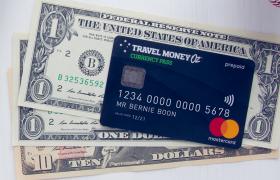Visiting Singapore is like ordering a ‘medium’ curry at your local oriental restaurant and accidentally being served ‘hot’. The hustle and bustle of foreign accents and smells fill the air as you settle into the restaurant environment. The curry arrives and its aromatic spices ignite your senses as you begin to enjoy the flavours, still unaware of the heat explosion about to ripple across your tastebuds. Then, as if out of nowhere, the heat begins to build and suddenly you are sweating from your ears. The meal becomes a challenge that you need to overcome. Then, once you have finished, wiped your sweaty ears and washed away the heat with a beer or two, you look back on the meal with a sense of enjoyment, savouring the unique flavours that just set your tastebuds alight before driving home and hoping it doesn’t come back to haunt you in the morning...
Long story short Singapore is bloody hot, but it is, without doubt, a city that must be on everyone’s bucket list. Regardless of your budget, Singapore has something for everyone- you might just have to put up with some sweaty ears and a few thousand steps on your Fitbit to make it work.
When booking a holiday to Singapore you will often be warned of how expensive it is as a city. Sure, if you eat at tourist hot spots, stay in hotels, get cabs and splurge on high-end fashion at any of Singapore’s 103 malls it can be VERY expensive. However, if you step off the beaten track and seek experiences over things, Singapore can be a very affordable location.
I have been to Singapore twice, the first time was a girls trip with my best friend so no expense was spared... Well as much as two uni students can say ‘no expense spared’. We stayed in a pretty swanky hotel overlooking the Marina Bay area, took a $150 bike tour (it was epic and our guide was amazing, I would highly recommend), visited Universal Studios, dabbled in some shopping and dined at the more westernised restaurants. It was a great weekend, but overall the 3-night stay cost us around $1500 Singaporean Dollars (SGD) for everything excluding flights. I was definitely channelling my inner crazy rich Australian.
 Get some steps and build up a sweat at Gardens by the Bay.
Get some steps and build up a sweat at Gardens by the Bay.
This time I went with my boyfriend, and Singapore was stop #1 of a three-month backpacking journey. As you can imagine, I had categorically replaced the crazy rich Australian personality with that of a backpacker seeking out the cheapest beer. Over three nights we ate some incredible food, took in all of the sights, walked over 50,000 steps each and spent a total of $425 SGD excluding flights. Not bad, hey?
Now, I could give you a guide based on my first trip, but that isn’t really necessary. Just Google ‘must do Singapore’, do those things, eat wherever you want, visit the shops on Orchard Street and don’t check your bank account. Simple.
Instead, please find a guide on how you, the humble Aussie traveller, can prove everyone wrong by doing Singapore on a budget. If this crazy rich Australian can do it, anyone can.
Let’s start with the basics. Currently, the Aussie dollar is slightly weaker than its Singaporean counterpart, so one AUD hovers between 0.90 and 0.93 SGD depending on what’s happening in the economy. We've got plenty of information on how the AUD and SGD interact if you are keen to learn more.
I loaded up my Travel Money Oz Currency Pass with about 60% of my total SGD budget and had the rest as cash. ATM’s are everywhere and cards are readily accepted, however, Hawker centres and markets will often only take cash.

In the ultimate travel triumph, we ended up spending way less than we had originally budgeted. The $425 that we did spend was split up as follows:
Accommodation: $216
Transport: $26
Everything else: $180.50
Surviving Singapore on a budget is just a matter of doing a few little swaps.
Accommodation: Swap the fancy hotel for a budget version or homestay
Book your accommodation in advance, as you are more likely to secure a better deal. Whilst there are plenty of ritzy hotels to choose from, you can often find some more affordable gems scattered throughout the city. Now, don’t get me wrong, if you can afford to stay in a hotel, then do it, Singapore has some iconic accommodation (cough *Marina Bay Sands* cough). However, if you aren’t up to spending between $200 and $800 per night on a room, there are plenty of other options.
I stayed with a friend at the Pinnacle at Duxton, a huge 5 building complex with a sky bridge to connect the buildings. Not everyone has this option, however it was a very affordable way to see the city. Airbnb is an option in Singapore, with many places listed on the site, however the Singaporean government is becoming increasingly stricter with Airbnb's, especially if they are in public housing, so book at your own risk.

When looking for accommodation just make sure you have air-conditioning. I can’t stress this enough. Air-con will become your saviour. It’s also worth being close to an MRT station, which brings me to my next point.
Transport: Swap the cab for the subway
Cabs can be cheap if there are a few of you, however, they add up very quickly over time.
When we arrived at the airport we were lucky enough to be picked up by a friend who had two spare MRT cards. We then loaded $10 each onto our cards which was more than enough for the countless trips we took across the two days. The highest fare we had was $1.03 for over ten stops on our way to the airport on the last day. The MRT is super simple to use, air-conditioned and trains come roughly every 10 minutes, so it is both cheap and efficient.
There was one night where we chose to catch a ‘grab’ with some friends. Just like Uber in Australia, you can download the grab app and get it pretty much anywhere. Our 10-minute drive cost about $6 which was pretty cheap when split between the 4 of us.
Finally, the cheapest mode of transport in Singapore (and anywhere in the world for that matter) is walking. It’s hot, but a great way to see the streets and work off the extra carbs you will no doubt consume.
Food: Swap restaurants for hawker markets
Singapore has a world-renowned food scene, with over 39 Michelin star establishments as well as an array of food options, from Western dishes to unique oriental delights. A lot of these can come with a pretty hefty price tag though, with most starting at around the $20-$30 mark and going up from there. If you are after these meals, I would recommend visiting either Roberston or Clarke Quay. Both have a really good vibe at night but are known to be on the more expensive side.
You can, however, find meals for under $5 at local hawker centres. We ate there for lunch and dinner most days and were treated to plenty of deliciously cheap meals. Better yet, some of the Hawker Market stalls are so good that they have a Michelin star of their own. The most popular Hawker centres are Maxwell, Newton and Tiong Bahru. At all centres you will find unique dishes to challenge your pallet, like BBQ stingray, oyster omelette and any number of seafood amalgamations. Alternatively, you can ease yourself into the cuisine with satay sticks, noodle dishes and chicken and rice. You can also purchase plenty of snacks from 7/11.
Whilst there, we tried a fair bit. It’s better dining with a few people, as you can grab heaps of dishes and taste them all. If you get overwhelmed and don’t know which stall to choose, go for the one with the longest line. Chances are it has a long line for a reason.

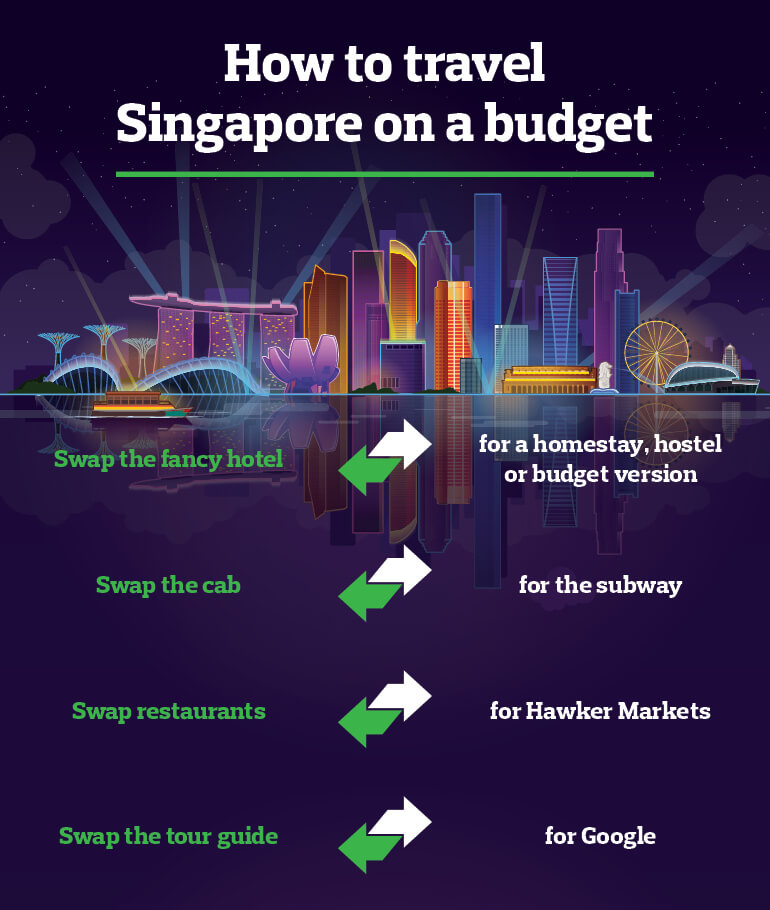
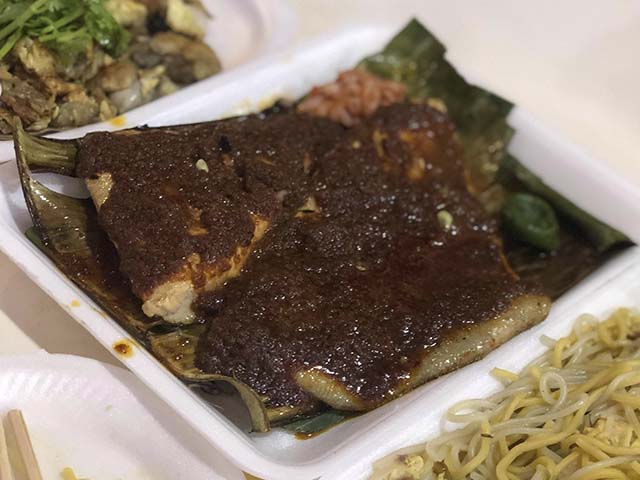
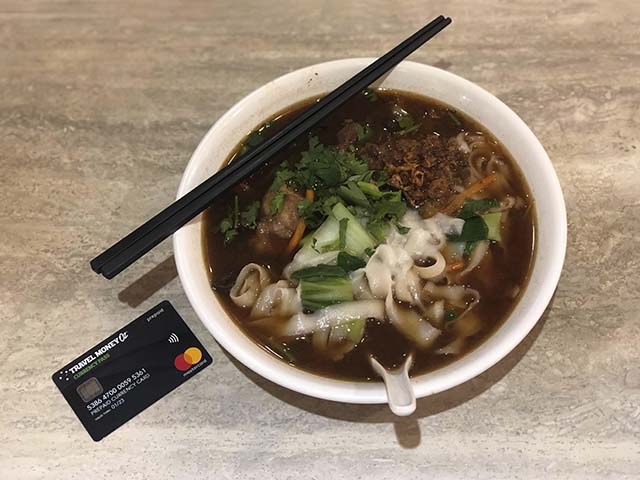
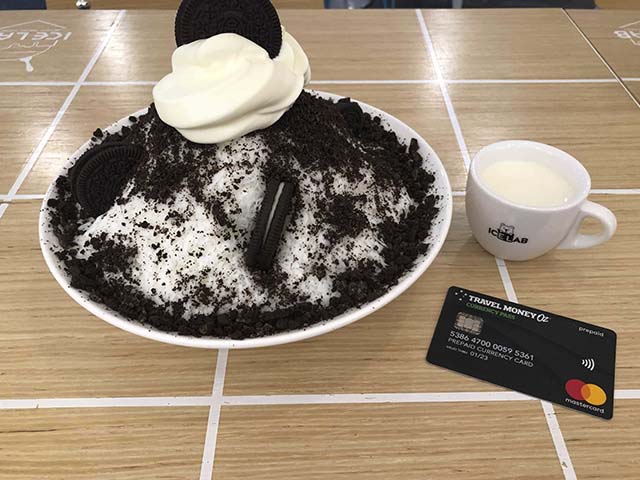
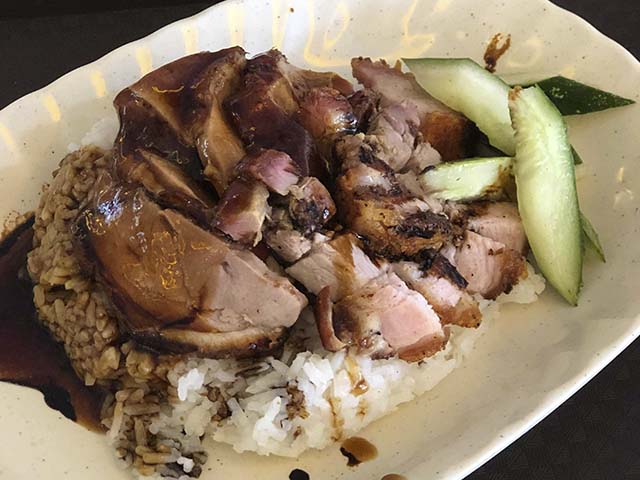
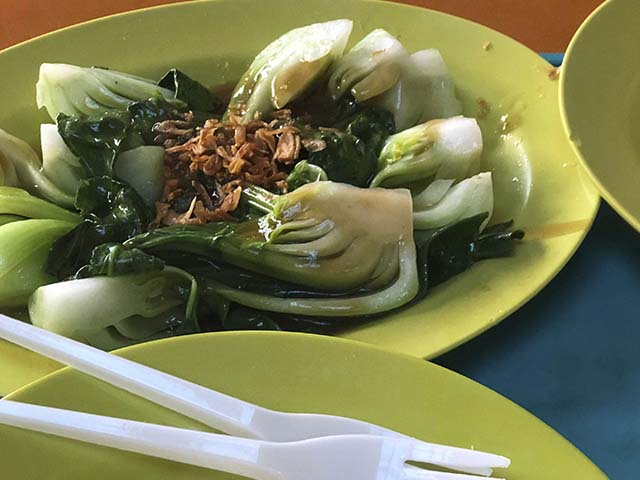
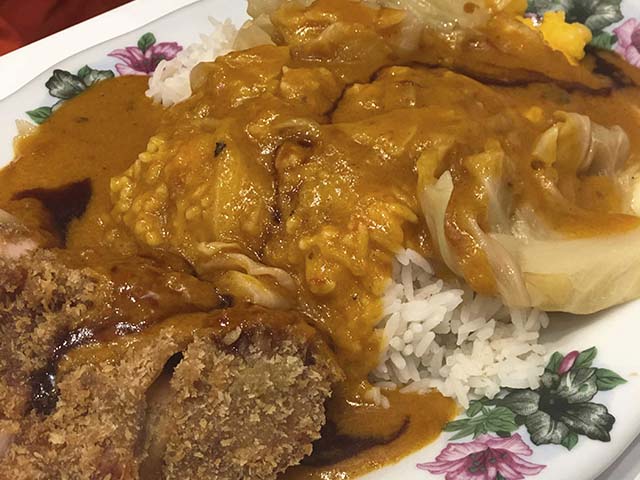
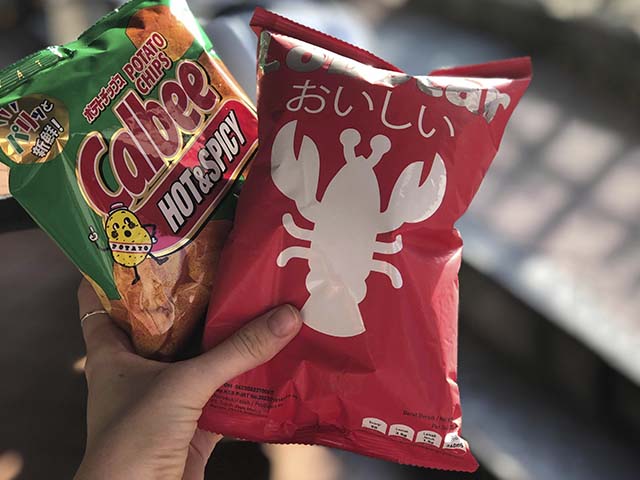
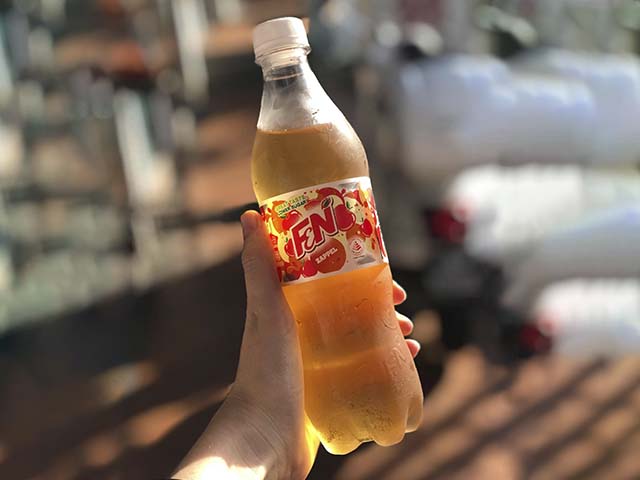


 Famous Singapore Orchids.
Famous Singapore Orchids. 










